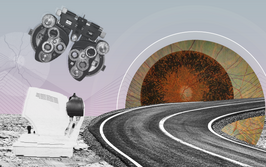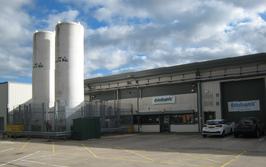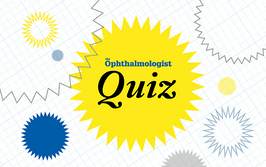Robert MacLaren on Making History
Professor of Ophthalmology, University of Oxford, UK
How did you first get involved with the Preceyes project?
We’ve been collaborating for a while, and we were initially interested in using a robotic system to help with our work in gene therapy – ideally to stabilize the needle during the injection of the virus, to cause minimal damage to the retina.
What kind of training and preparation was involved before today?
Along with three members of my surgical team, I made several visits to Eindhoven, where Preceyes is based, to work with the technicians and engineers there to learn how to use the system. We practiced on pig and artificial eyes, and talked about how we might develop a gene therapy system as ultimately, that’s what we really want to do. After that, we set about training the staff in Oxford, and getting everything we needed in place to prepare for the first patient having surgery today.
How did you convince the patient to participate in the first ever robotic-assisted surgery?
You’d be surprised – a lot of our patients are very keen to be involved in innovative research like this. This particular patient actually comes from a family interested in ophthalmology, so he was very keen to be involved because his father was an ophthalmologist, and he felt that he wanted to be involved in something new. I think this was also a form of respect for his father, who was a very well-known ophthalmologist in his time.
You performed an ILM peel today. What’s next?
We are going into it slowly. The ILM peel is a procedure in retinal surgery where absolute precision is required, so we were testing the machine to its limits by lifting the ILM without actually causing any hemorrhage in the retina. The next stage will likely be subretinal injections. Eventually we hope to incorporate this into a gene therapy program for injecting viral vectors.
How did the procedure go today?
Extremely well. The operation itself was faultless, and the robot performed, I think, to the best level of expectation one could imagine for a human hand. It took a little time to get set up, and that’s something we’ll get more accustomed to. But overall, I’m absolutely delighted – the operation went as planned and the patient will be very happy.
I spent seven years as a medical writer, writing primary and review manuscripts, congress presentations and marketing materials for numerous – and mostly German – pharmaceutical companies. Prior to my adventures in medical communications, I was a Wellcome Trust PhD student at the University of Edinburgh.













